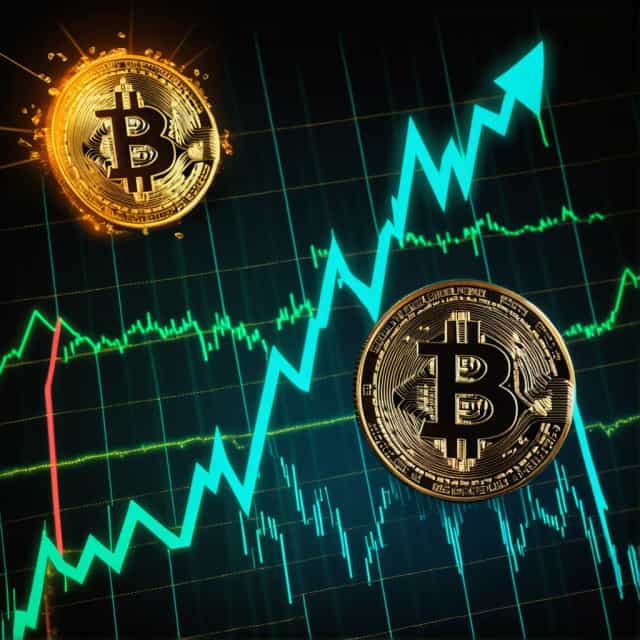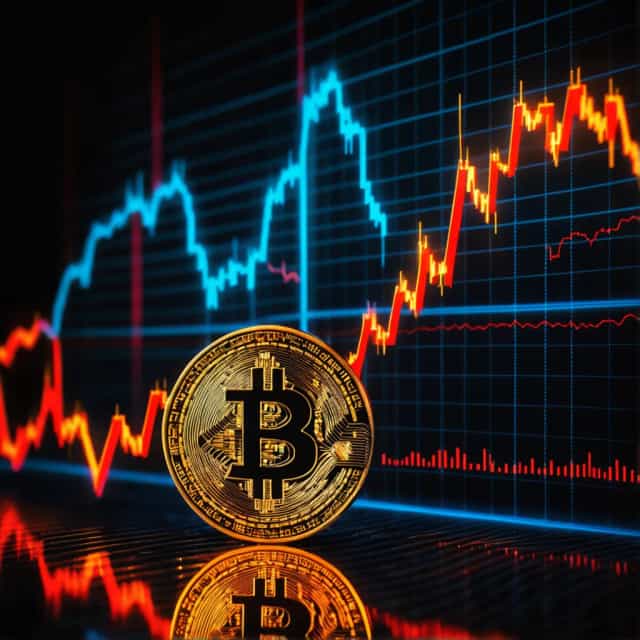
Image source: Block Media
Gold Futures Experience Historic Single-Day Plunge: Analysis and Outlook
The global gold futures market saw its most significant single-day drop in 12 years on the 21st of this month, with prices tumbling by 5.74%. This unprecedented decline equated to a $250.3 per ounce reduction, as the COMEX December gold futures fell from $4,359.40 to $4,109.10 by close of trading. The sharp downturn has sparked discussions about whether the precious metal has reached its peak value after a prolonged bullish performance and heightened investor concerns about market volatility.
Factors Behind the Plunge: Easing Trade Tensions and Stronger Dollar
Market experts attribute this dramatic pullback to a convergence of influential factors. These include the easing of trade friction between the United States and China, a strengthening U.S. dollar, and reduced demand for safe-haven investments. The improved geopolitical outlook has shifted investor preferences away from traditional hedges like gold.
Profit-taking was also a key driver behind the plunge, with sellers capitalizing on prior gains amidst concerns of an overheated gold market. According to Adam Koos, CEO of Libertas Wealth Management, “The gold market has been on a gradual and sustained upward trend, but occasionally, it needs a ‘jolting brake check’ to ensure all riders are onboard.” Koos emphasized that the selloff is likely a temporary recalibration, rather than an indication of a long-term bearish phase for gold.
Gold Market Fundamentals: Could the Rally Still Have Legs?
Despite the steep drop, many experts maintain confidence in gold’s underlying fundamentals and long-term growth potential. Fawad Razaqzada, an analyst at StoneX, described the event as “a natural correction for a technically overheated market.” He suggested that the pullback could provide an entry point for investors who were previously hesitant to join the rally due to soaring prices.
Structural factors also bolster optimism for gold’s recovery. Juan Carlos Artigas, head of the Americas at the World Gold Council (WGC), argued that gold remains undervalued relative to global equities. He indicated that the precious metal still suffers from systemic underownership, offering considerable upside opportunities for strategic buyers. Artigas remarked, “Gold’s relative value is influenced by the broader market environment, meaning there’s still strategic buying potential at current levels.”
Gold’s Dual Role: Safe Haven and Opportunistic Asset
This significant price action highlights gold's unique position in the investment landscape. As both a safe-haven asset and a speculative instrument, gold maintains broad appeal across diverse market conditions. The recent volatility has placed the market at a pivotal juncture, with investors assessing immediate macroeconomic factors—such as trade resolutions and currency fluctuations—against the metal’s potential for long-term appreciation.
Whether this decline signifies a pause in momentum or a reversal of fortunes remains hotly debated. For now, market participants will be closely monitoring global economic developments and central bank policies, which frequently influence the performance of gold. As such, the metal’s trajectory is likely to depend on the interplay between economic uncertainties and the broader appetite for risk.
The recent price correction underscores the inherent dynamic nature of precious metals markets, inviting investors to carefully weigh short-term signals and long-term opportunities. Instead of signaling the end of the gold rally, many analysts view this moment as a recalibration of the market—a necessary pause before potential future gains. As new economic data and changes in sentiment emerge, gold will remain at the forefront of global investment strategies.










